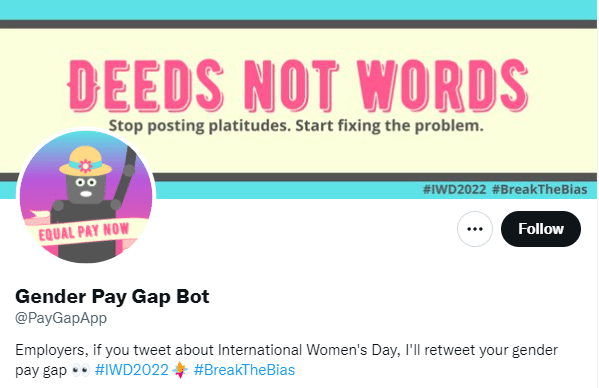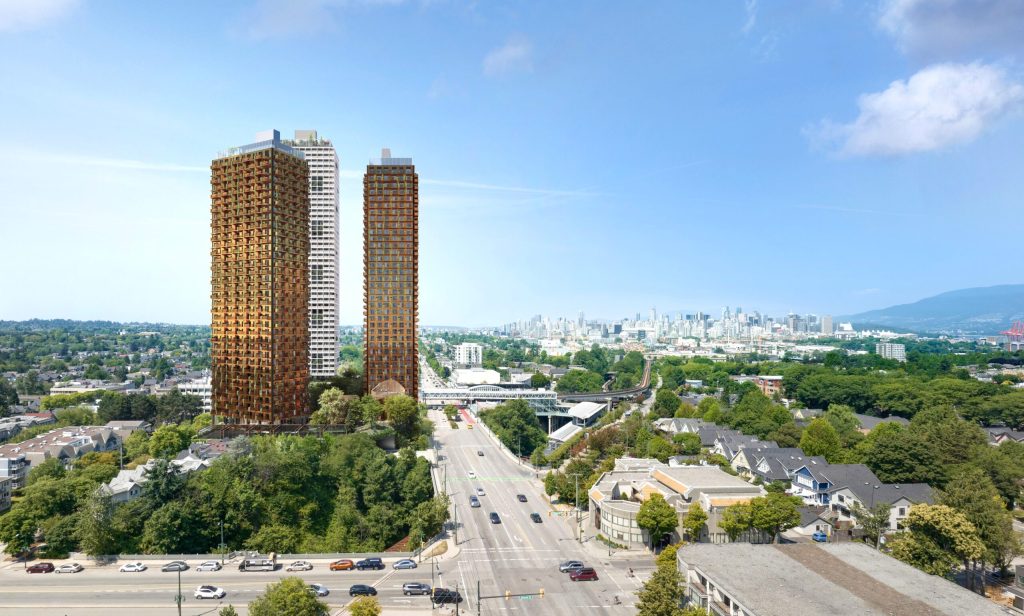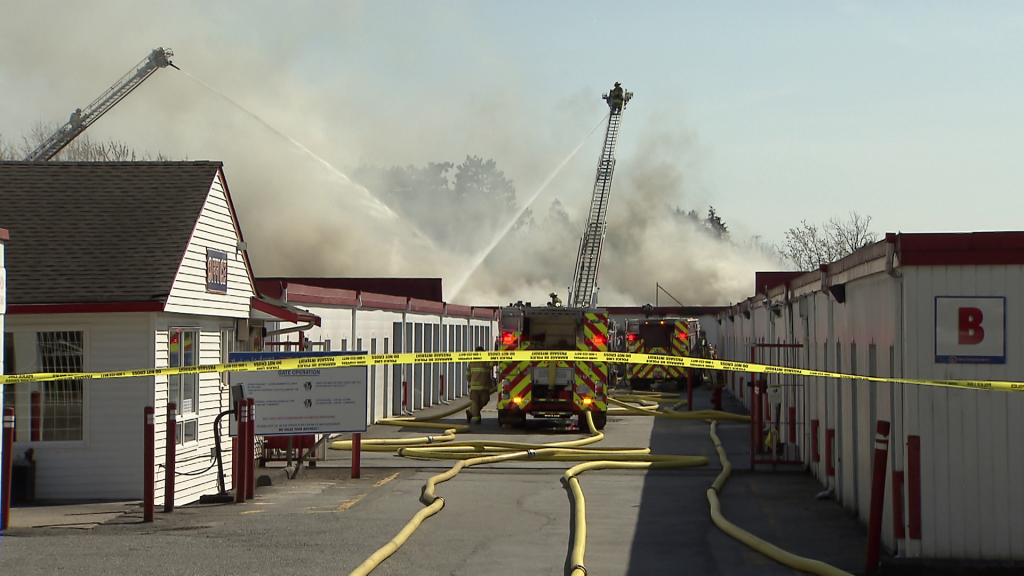On International Women’s Day many want less talk, more action on inequality

Posted March 8, 2022 7:46 pm.
Last Updated March 8, 2022 8:56 pm.
Some Canadian women are saying celebratory social media posts on International Women’s Day ring hollow given how pervasive and persistent gender inequality is.
Violence against women remains rampant, women’s work is still underpaid and undervalued, and women are underrepresented in all levels of government. The statistics are even grimmer for women who are poor, Indigenous, racialized, or have disabilities.
In the face of all of this, one woman is saying the March 8 messages of appreciation and gratitude feel like “performative theatre.”
And she’s not alone, many frustrated women say what is needed is real action on equality — not lip service.
Empty platitudes- still get blamed for the violence men do to us- she said no, she laughed at me, she drank- still policed about our clothes, look at the US- stripping reproductive rights, rights of trans girls/women to be who they are. Look at treatment of WOC.
— Slate Jewelry (@slatejewelry) March 9, 2022
It’s like international donut day. No one really cares because they don’t have to do anything special to celebrate besides making a sign that says “we value females”. Not going to address pay inequity, not going to address anything of value to females however look at OUR SIGN!!!
— Joyous1 (@JMcanerin) March 9, 2022
Recognition is necessary & welcome. That being said, unless moves are made to address gender pay equity as well as misogyny that is inherent in some workplace practices, incl in medicine, it is mostly performative. We can’t let it remain performative, for our daughters’ sakes.
— Dr. Anna Wolak (@drawolak) March 8, 2022
This is the first year in a long time where I wasn’t asked to speak, or otherwise do extra work in honour of the day. Was happy to do the speaking. But not having a speaking engagement this year made me recognize the extra burden placed on some female leaders today.
— Wendy Waters (She/Her) (@wendy_waters) March 8, 2022
Fatal violence against women
The Canadian Femicide Observatory for Justice & Accountability released its report on the number of women and girls killed in Canada last year. It found 173 women and girls were killed — this works out to one killing every other day, and is an increase of 26 per cent since 2019.
The report
173 Women & Girls Violently Killed in Canada in 2021
That is a 26% increased compared to pre-pandemic year 2019.
When accused was identified (N=149), 133 were male (89%)#CallItFemicide #MVAWG
More below pic.twitter.com/EJWWQ0srs9
— Canadian Femicide Observatory (@CAN_Femicide) March 8, 2022
The victims ranged in age from younger than one to a 97-year-old. In cases where an accused has been identified, 90 per cent were male. In 35 per cent of cases, the accused was a current or former intimate partner. Forty-seven per cent were killed in their home.
While Indigenous women make up about 4 per cent of Canada’s population, they accounted for 19 per cent of Canadian femicide victims in 2021.
“In Canada, where a woman or girl is killed every other day, figures have also remained stubbornly persistent over time. For 40 years, this fact has varied little,” said Executive Director Myrna Dawson, writing in Policy Options.
“What remains to be seen is how many killings of women and girls it will take for our country to say enough is enough.”
The gender pay gap
Nation-wide, the gender pay gap means women make 76.8 cents to a man’s dollar, according to the Canadian Women’s Foundation. For newcomer women it’s 71 cents, for racialized women it’s 67 cents, and for Indigenous women, it’s 65 cents. On average, women need to work 15 and a half months to earn what men do in a year.
A new Twitter account, calling itself the ‘Gender Pay Gap Bot’ was launched.
“Employers, if you tweet about International Women’s Day, I’ll retweet your gender pay gap,” the account bio reads.

The feed does just that, pointing out when men make more, when women make more, and when pay is equal. The source for the statistics is government data from the UK, where employers with 250 more workers are required to report and publish figures “comparing men and women’s average pay across the organization.”
In B.C., the province announced Tuesday it is “moving forward” with similar transparency legislation. Consultations are set to begin in the spring with the province noting British Columbia’s pay gap is one of the highest in the country.
“We want to hear from a variety of groups and individuals so that we can build made-in-B.C. pay transparency legislation that will help us address pay inequity and move toward equality,” said Parliamentary Secretary for Gender Equity Grace Lore in a statement.
Representation in politics
Eleanor Fast is the Director of Eqiual Voice Canada, an organization that aims to increase representation of women in politics. She says it’s important to keep in mind that International Women’s Day is also a moment to shine a light on what still needs to change.
“We have a long way to go in terms of women’s equality, and we do need to focus on it every single day. But I think it is good to have a day where everyone does take a step back and think about it,” she said.
“International Women’s Day is a great day to celebrate women and also to think about how much further there is to go.”
While the first female MP was elected 100 years ago, Fast says women remain significantly underrepresented in federal politics. Fast points to a recently-released survey by the group that found 85 per cent of those asked think having more women in politics “would lead to better decisions and better policy making.” However, it also found that men are twice as likely to be approached to run.
“There’s so many amazing, and talented, brilliant women out there who would be great as politicians and we need to put pressure on political parties to be nominating women, especially in winnable ridings where they have a chance to succeed,” she said.
“We need to diversify politics all the way through from the grassroots riding associations, to get more women nominated, more women on the ballot … We need to see more women premiers, more women mayors and hopefully, more women prime ministers in the future.”
What are some thoughts around women getting involved in politics in Canada, in 2022?
Our survey by Abacus Data gives us some interesting insight.
#IWD2022 is our opportunity to celebrate, reflect and re-adjust as we move forward
Read full report here: https://t.co/gSgDlKqULP pic.twitter.com/czs5dmP4tN
— Equal Voice (@EqualVoiceCA) March 8, 2022
She cites the gender parity of Prime Minister Justin Trudeau’s cabinet, inclduding appointing women like Chrystia Freeland and Melanie Joly to high-profile portfolios, as one example of positive progress. Simply put, Fast says representation matters.
“You want to see people like you in those kinds of positions to give you confidence and a role model, so that you think, ‘I can I can do that as well.’ Those role models are tremendously important,” she continued.
“And of course, we want to see a politics that represents Canada in all of its diversity. That means women with intersectional identities who who experience even more barriers than women do in politics, when people are dealing not just with misogyny, but also with racism or homophobia, or being discriminated against because of disability.”
While women in politics and public life experience more harassment — both online and in real life — Fast says it isn’t the most significant force keeping women from considering a run for office. The survey found those actively considering running think they don’t know enough, aren’t qualified, or aren’t welcome.
This gives Fast hope since what she describes as “a knowledge gap or a confidence gap” is something that can be overcome as long as a concerted effort is made.
“It gives me some level of optimism that there are practical things that we can do to get more women elected.”








